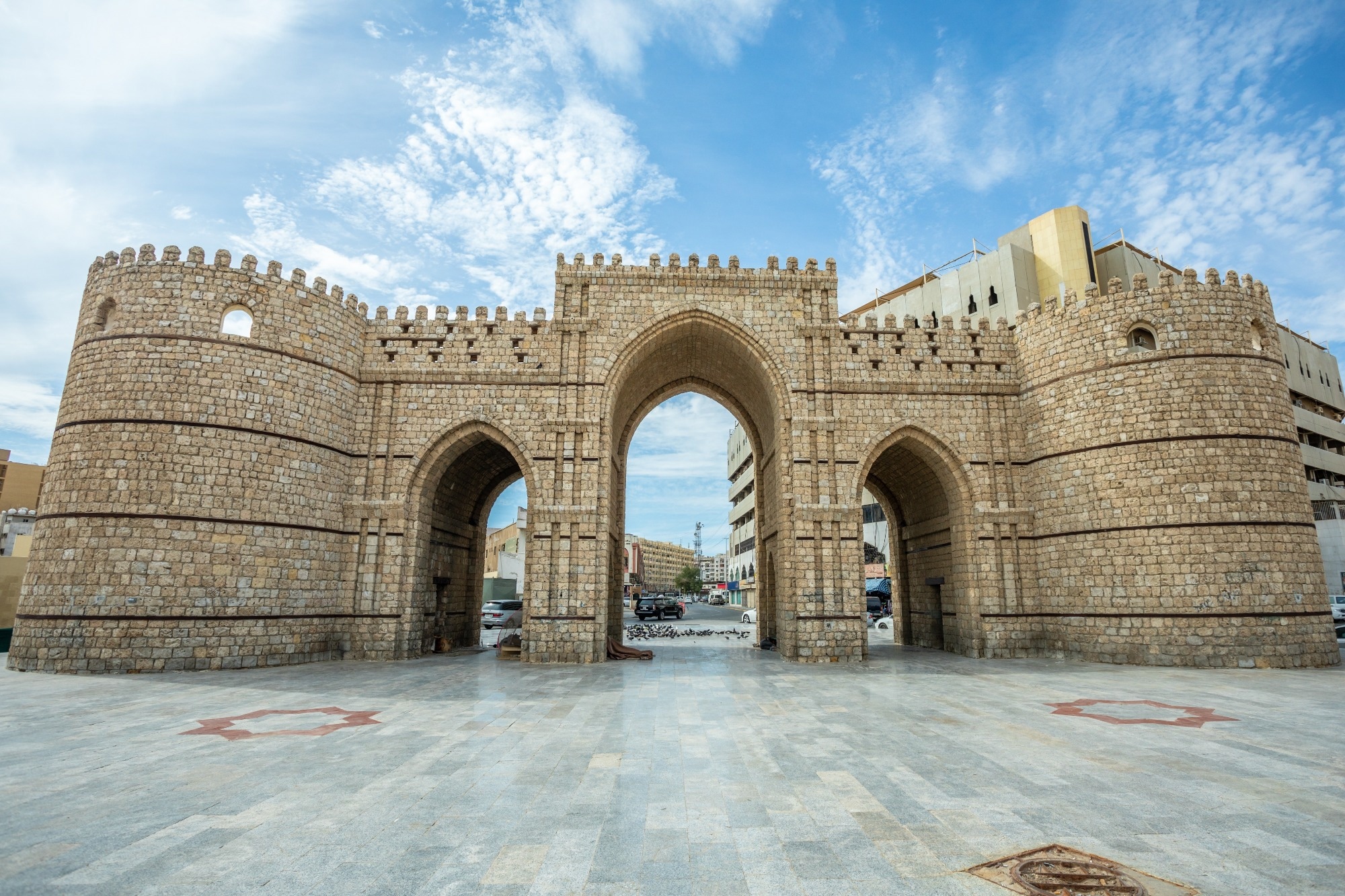 By Nidhi DhullReviewed by Susha Cheriyedath, M.Sc.Jun 10 2024
By Nidhi DhullReviewed by Susha Cheriyedath, M.Sc.Jun 10 2024A recent article published in Frontiers of Architectural Research presented a case study on the reconstructed historical townhouses in Kosice, Slovakia, examining the changes in its thermal properties and structures with multiple renovations.
 Study: Preserving Historical Value of Renovated Buildings. Image Credit: Vadim_N/Shutterstock.com
Study: Preserving Historical Value of Renovated Buildings. Image Credit: Vadim_N/Shutterstock.com
Background
Restoration of historic buildings is a highly complex process that involves using only known materials. Before application, it is necessary to understand the effects of these materials on the originally used historical materials. Additionally, the restoration process should enhance the building’s structural and physical properties and improve its internal environment.
With the development of new materials and construction processes, the possibility of interventions in historic structures that do not compromise monumental values is gradually expanding. However, protecting historical heritage through hidden methods of insulation, which preserve the building’s authenticity, remains challenging.
Many promising restoration approaches have been developed, fostering a symbiosis of old and new materials. This study examines the compromises between the structural and physical properties of a historic building that has undergone several renovations, comparing the structure before and after restoration.
Methods
In this study, the researchers chose to analyze a historic building in Kosice, Slovakia. Constructed in the 14th century, this building serves commercial purposes and has undergone multiple renovations. However, its original construction did not meet the required standards. Thus, an inspection was deemed necessary before commencing the restoration project.
Monitoring and survey of the building’s façade were conducted in winter. This outer wall’s façade includes significant architectural elements made of various building materials. These elements may deteriorate under unfavorable temperatures and atmospheric conditions.
A thorough inspection was conducted to determine the thermal-technical properties and details of the building’s structures before restoration. Surface temperatures were recorded indoors, outdoors, and on the building envelope to analyze one-dimensional heat dissipation. Additionally, a room with windows facing north and east on the second floor was selected for in situ test measurements. Hourly measurements were recorded using data loggers, documenting the temperature and density of the heat flows.
Selected monitoring points were distributed to analyze the assumed critical elements of the building structure. This was necessary because the number of days when the average daily temperatures fell below zero during the year was limited. Therefore, the measurements in the building were recorded for a short period, from the end of January to the beginning of February.
Results and Discussion
The results revealed the preparation for renovating and restoring the historical building in Kosice. Environmental factors influenced the outdoor and indoor in situ measurements. Thus, changes in the internal surface temperatures of the perimeter walls were recorded under non-stationary conditions using sensors located on the north and east perimeter walls.
The inner surface’s temperature fell below the “hygienic criterion” (the critical temperature for mold growth) only at a few positions, specifically in the Romanesque stone slabs on the windowsills of the northern perimeter wall. Moreover, even under extreme conditions (low outdoor air temperatures in winter), the temperature was not suitable for mold growth on the inner surface of the envelope walls (two facades).
No notable differences in the measured surface temperatures above and below the window ledge (the northern envelope of the building) were observed. This was attributed to the extensive outlining of the window sill, leading to cooling effects on the elements oriented towards the north.
The researchers observed a window lintel above the window opening, although its composition remained unknown. This lintel had different thermo-physical properties compared to the external wall material. These findings can significantly aid in deciding the restoration method of the building. Additionally, the measured temperature trends can assist in non-destructive analysis of the material composition of the perimeter walls.
Conclusion
Overall, the measurements revealed that despite the absence of a new thermal insulation layer on the external part of the building, the standard requirements were not violated. However, the researchers identified changes in the original structures and their shapes after the building restoration.
Restoring a historic building is inherently a unique process tailored to each specific structure. Universal advice and recommendations have, in the past, frequently compromised the distinct qualities of monuments. Furthermore, the unnecessary standardization of appearance obscures vital expressions of a building's cultural diversity. Therefore, it is essential for all professionals involved in historic building restoration projects to collaborate closely; both the research and design work involved in these projects should be grounded in scientific knowledge.
In conclusion, this study demonstrated the effect of outer shell properties on the structure’s thermal insulation and suggested methods for architects, planners, and preservationists to preserve the structural forms of the façade. Furthermore, the restoration design and work must be based on scientific knowledge.
Journal Reference
Katunský, D., Katunská, J., Dolníková, E., & Hutkai, K. (2024). Preserving the historical value and thermal properties of renovated buildings: The case of reconstructed town houses in Kosice, Slovakia. Frontiers of Architectural Research. https://doi.org/10.1016/j.foar.2024.04.007, https://www.sciencedirect.com/science/article/pii/S2095263524000724
Disclaimer: The views expressed here are those of the author expressed in their private capacity and do not necessarily represent the views of AZoM.com Limited T/A AZoNetwork the owner and operator of this website. This disclaimer forms part of the Terms and conditions of use of this website.
Article Revisions
- Jun 11 2024 - Title changed from "Preserving Historical Value of Renovated Buildings" to "Thermal Evolution and Preservation Strategies in Restoration Projects"